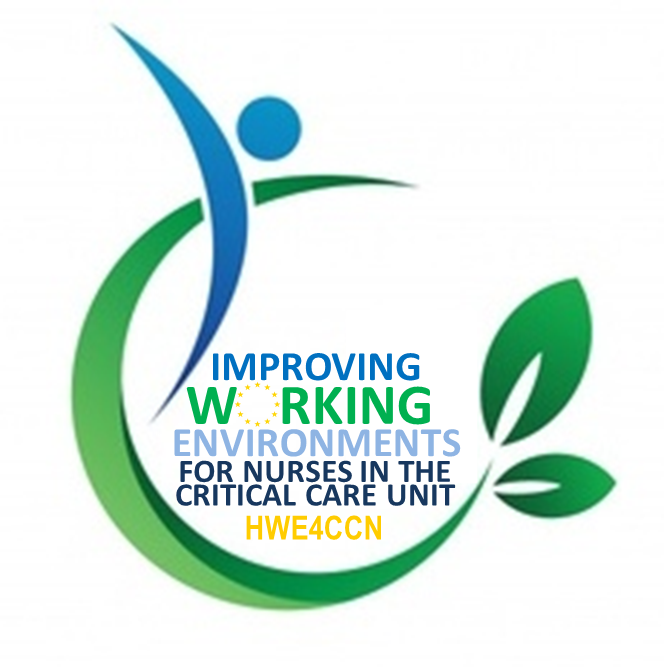
Project title
Improving Working Environments for Nurses in the Critical Care Unit
Status
Completed
Start date
01-10-2019
Expected Completion
31-01-2022
Co-Investigator(s)
Funder
Funding Program
Erasmus+

